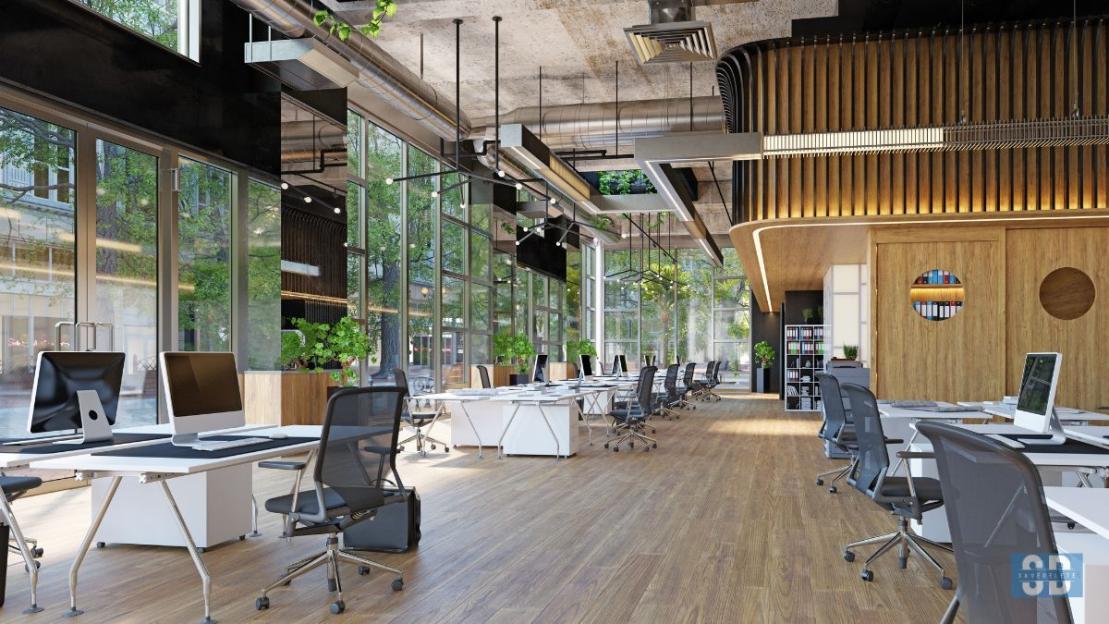Key Takeaways
- Workplace culture significantly impacts employee satisfaction and productivity.
- Open communication and inclusivity form the backbone of a strong company culture.
- Leadership plays a crucial role in shaping and maintaining workplace norms.
- Recognition and adaptability help foster a thriving organizational environment.
The Role of Leadership in Workplace Culture
Leadership plays a pivotal role in establishing and nurturing an organization’s culture. Leaders are the architects who design the cultural blueprint and the stewards who ensure its integrity. Their actions and attitudes set a precedent for behavior throughout the organization. When leaders embody the values they wish to see reflected in their teams, such as integrity, transparency, and empathy, it fosters a culture of trust and accountability.
Effective communication from leaders, characterized by clarity and consistency, can lead to effective team performance. It helps to unite employees under a common vision and reinforces shared goals, ultimately enhancing morale and engagement.
Fostering Open Communication
Open communication is the cornerstone of any thriving workplace culture. It involves creating channels where ideas and feedback can flow freely and be met with sincere consideration. Employees are more invested when they feel their voices contribute meaningfully to the organization’s direction.
Regular forums for feedback mitigate misunderstandings and encourage collaboration across different levels of the hierarchy. In conversations around workplace dynamics, questions often arise about what is company culture and how it influences communication, trust, and engagement within teams. When employees believe their opinions are valued, it fosters a culture of trust and openness, empowering them to contribute even more to the company’s success.
Ensuring Inclusivity and Diversity
Diversity and inclusivity aren’t just buzzwords but pivotal components of a healthy workplace. A diverse workforce brings many perspectives and experiences, fostering creativity and innovation. It challenges conventional thinking and introduces new approaches to problem-solving.
Companies that prioritize inclusivity are better equipped to adapt to the globalization of markets and the increasingly varied needs of their clientele. Embracing diversity leads to a more equitable work environment and is directly linked to higher profitability. By acknowledging and embracing these differences, organizations can create a more dynamic and enriching work environment.
The Importance of Employee Recognition
Regular recognition of employees’ efforts and contributions is crucial in maintaining high motivation and satisfaction levels. Acknowledgment from peers and superiors instills a sense of value and belonging, reinforcing positive behavior and encouraging achievement.
Companies can boost morale and drive productivity by creating a culture celebrates small wins and major milestones. This type of recognition fosters a sense of loyal commitment to the organization’s goals and increases overall job satisfaction, lowering turnover rates and attracting top talent.
Adapting to Changes and Challenges
Adaptability is crucial to a successful corporate culture, particularly in today’s rapidly evolving business environment. Companies must navigate unforeseen challenges, such as technological disruptions or economic fluctuations, with agility and resilience. By fostering a culture of adaptability, organizations can negotiate changes without losing sight of their core values.
This means encouraging innovation, being open to new ideas, and maintaining flexibility in policies and practices. Businesses that champion adaptability survive and often thrive by turning potential obstacles into opportunities for growth and development.
Building Team Bonding and Cooperation
The success of an organization’s culture is often evident in the strength of relationships among its employees. Establishing a supportive network through team-building activities reinforces solidarity and trust. These initiatives, from structured team meetings to casual social gatherings, are essential for forging strong interpersonal connections.
They encourage cooperation and help break down barriers between departments, fostering collaboration and enhancing overall productivity. Companies that invest in these activities bring teams closer together and create a more enjoyable and cohesive work environment.
The Continuous Journey of Cultural Development
Developing a thriving workplace culture is an ongoing endeavor, one that requires continuous attention and refinement. Organizations must proactively assess their cultural landscape through feedback mechanisms and cultural audits.
These evaluations reveal insights into what’s working and what requires adjustment, allowing companies to align their strategies with evolving employee needs and business objectives. Maintaining a commitment to cultural development ensures that organizations remain competitive and responsive to changes in the industry.
Ultimately, this continuous journey strengthens the organization’s foundation and fosters a sustainable and fulfilling workplace experience for all employees.








